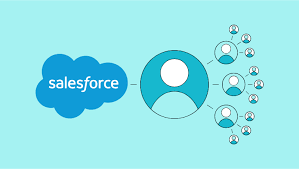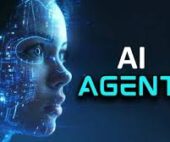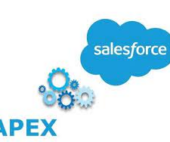Ready for AI in Government
AI Agents in Government: Who’s Ready? A new Salesforce survey reveals strong public support for AI-driven government efficiency, with the potential to save Americans hours of bureaucratic hassle. However, the findings also highlight a demographic divide, underscoring the need for a tailored approach to implementation. Public Readiness for AI in Government Salesforce surveyed 1,000 Americans and found that 87% would use an AI agent to navigate complex government processes. AI agents—software programs that automate tasks and interact with citizens—could function as virtual assistants, making services more accessible and efficient. The demand for 24/7 assistance is driven by frustration with time-consuming government tasks. Respondents identified these processes as the biggest waste of time due to confusing or redundant questions: AI in Action: A Proven Use Case Salesforce has already helped government agencies enhance efficiency through AI. For example, the California Department of Motor Vehicles reduced the time required to apply for a Real ID from 35 minutes to just 7 minutes using AI-powered digital solutions. According to Nasi Jazayeri, EVP and GM of Public Sector at Salesforce, license renewals present a prime opportunity for AI-driven improvements: “Now, in minutes, state and local government agencies can set up an AI agent powered by agency-specific data to make this process easier on both the applicant and the reviewer.” Addressing Public Concerns Despite the enthusiasm, the survey also highlights key concerns about AI in government. The top issues cited were: Additionally, certain demographics were less open to AI adoption. The survey found that: The Road Ahead The Salesforce survey highlights a public eager for AI-driven improvements in government services, but with critical concerns that must be addressed. The challenge now is to deploy AI thoughtfully, ensuring accessibility, transparency, and trust while bridging the demographic divide. Like1 Related Posts Salesforce OEM AppExchange Expanding its reach beyond CRM, Salesforce.com has launched a new service called AppExchange OEM Edition, aimed at non-CRM service providers. Read more The Salesforce Story In Marc Benioff’s own words How did salesforce.com grow from a start up in a rented apartment into the world’s Read more Salesforce Jigsaw Salesforce.com, a prominent figure in cloud computing, has finalized a deal to acquire Jigsaw, a wiki-style business contact database, for Read more Service Cloud with AI-Driven Intelligence Salesforce Enhances Service Cloud with AI-Driven Intelligence Engine Data science and analytics are rapidly becoming standard features in enterprise applications, Read more



















